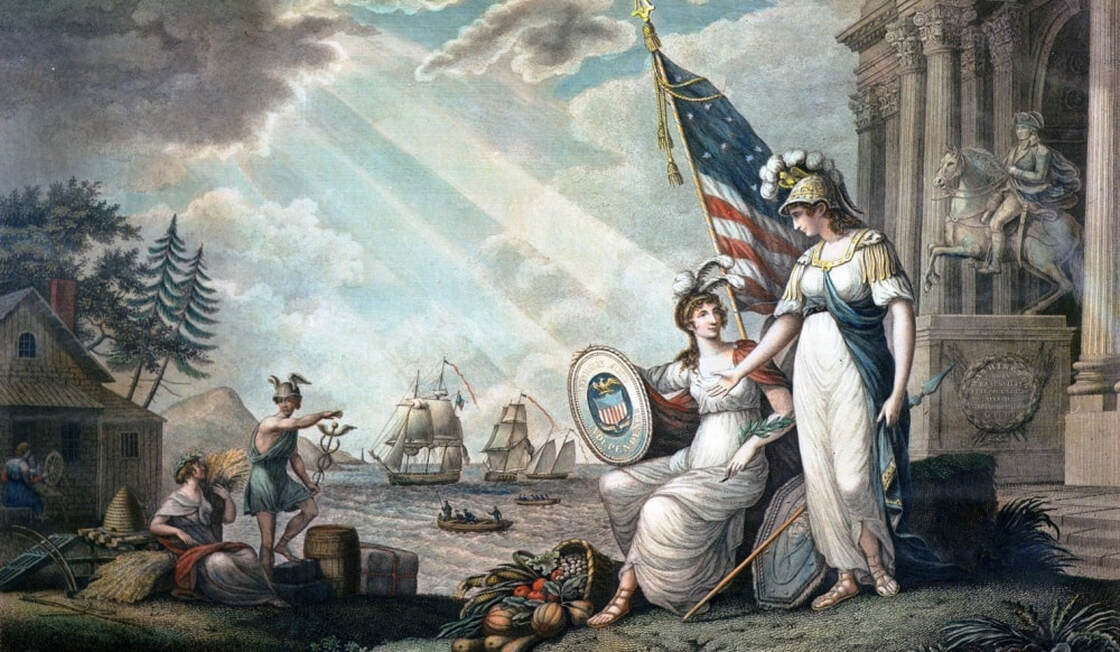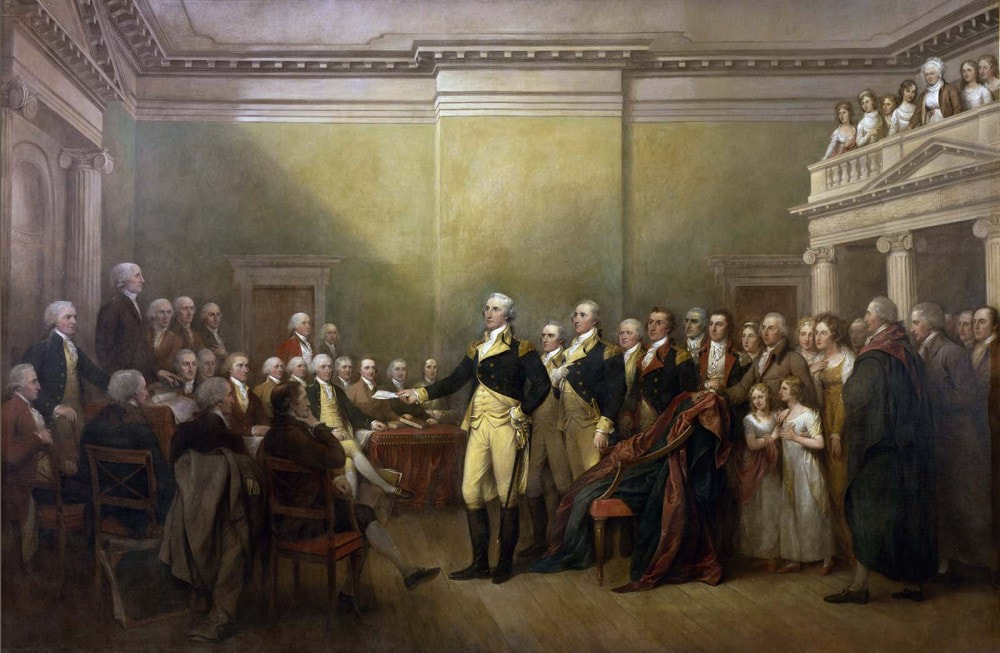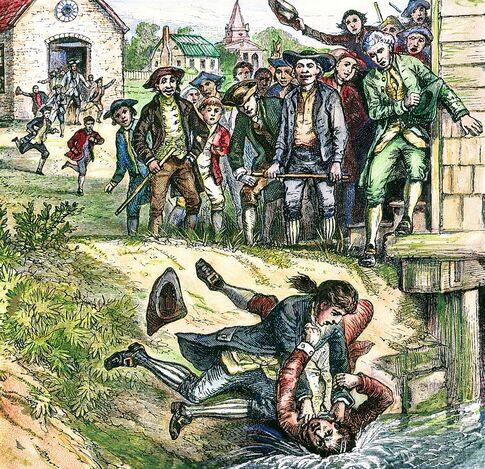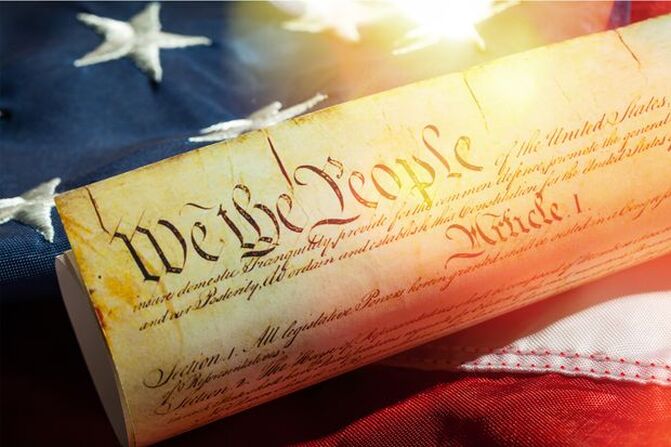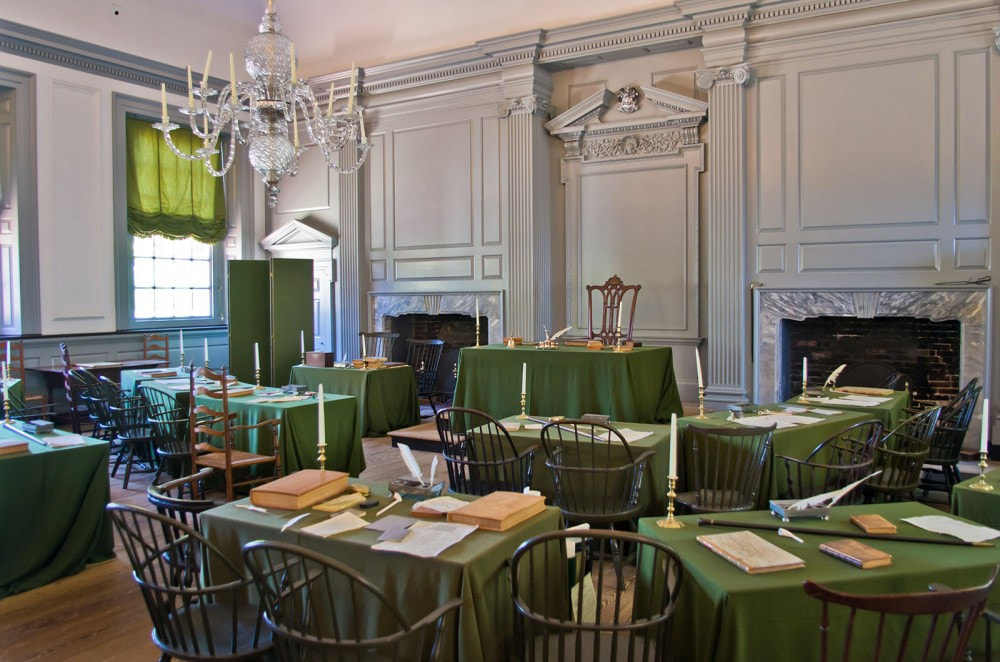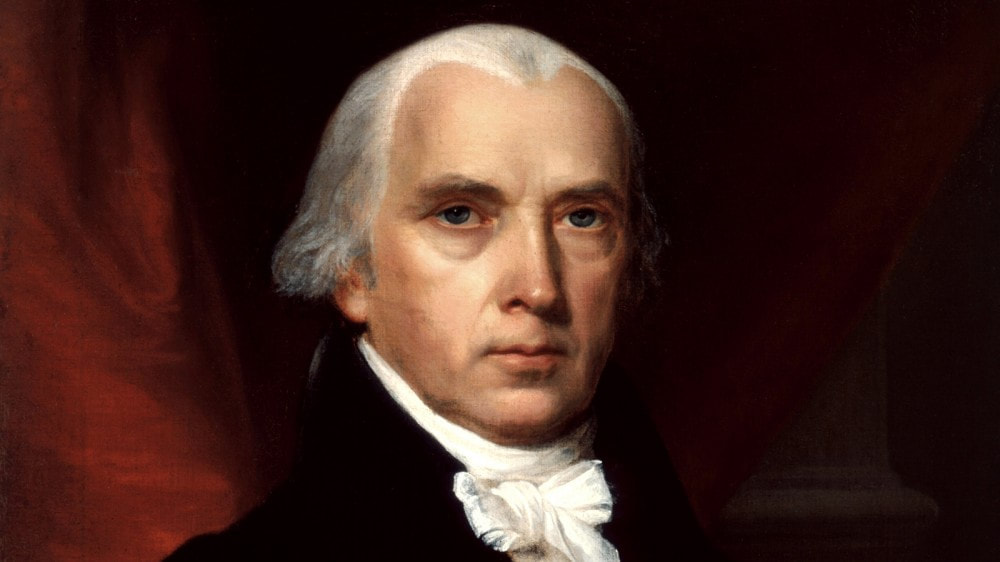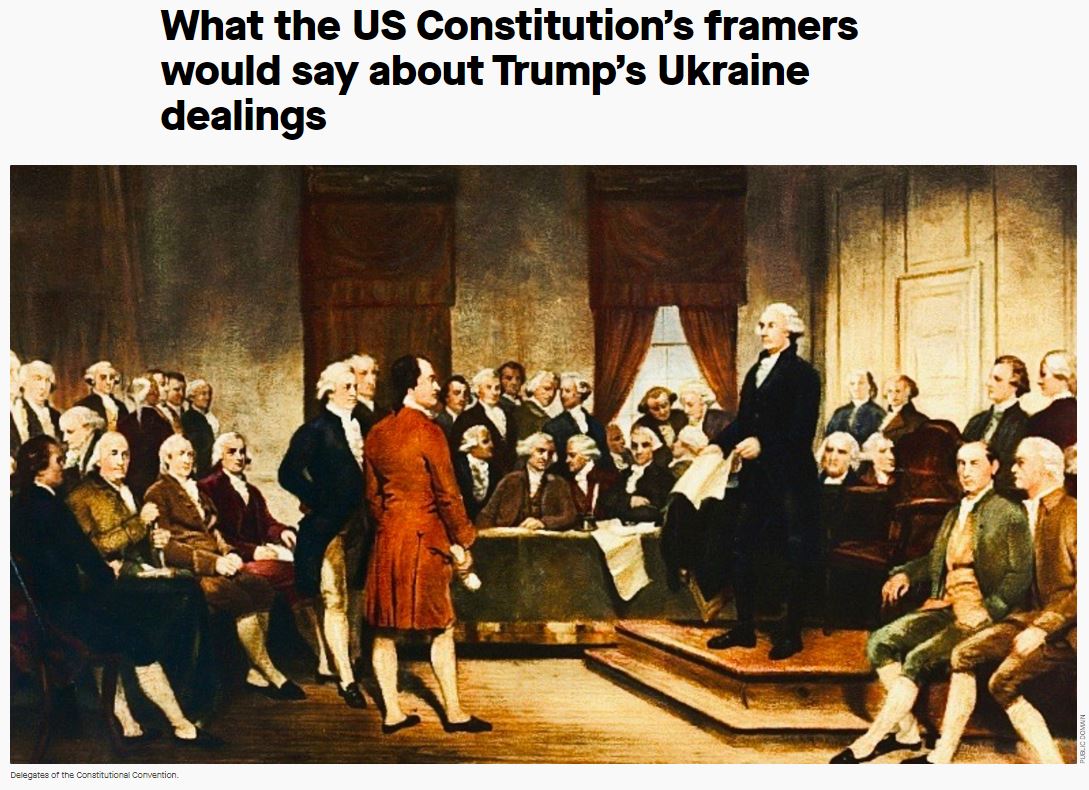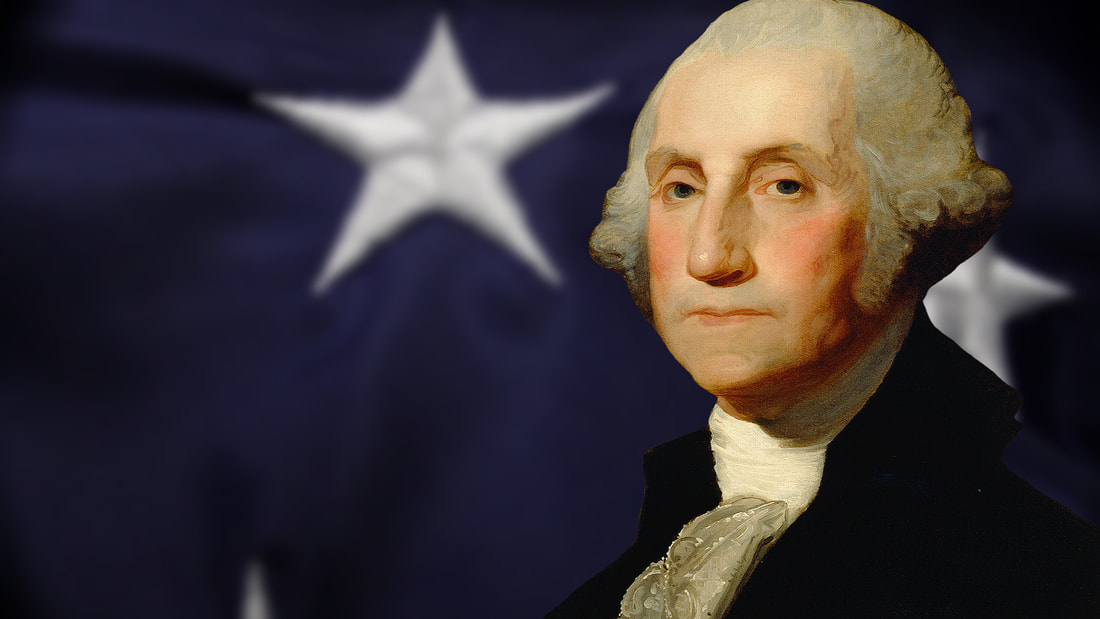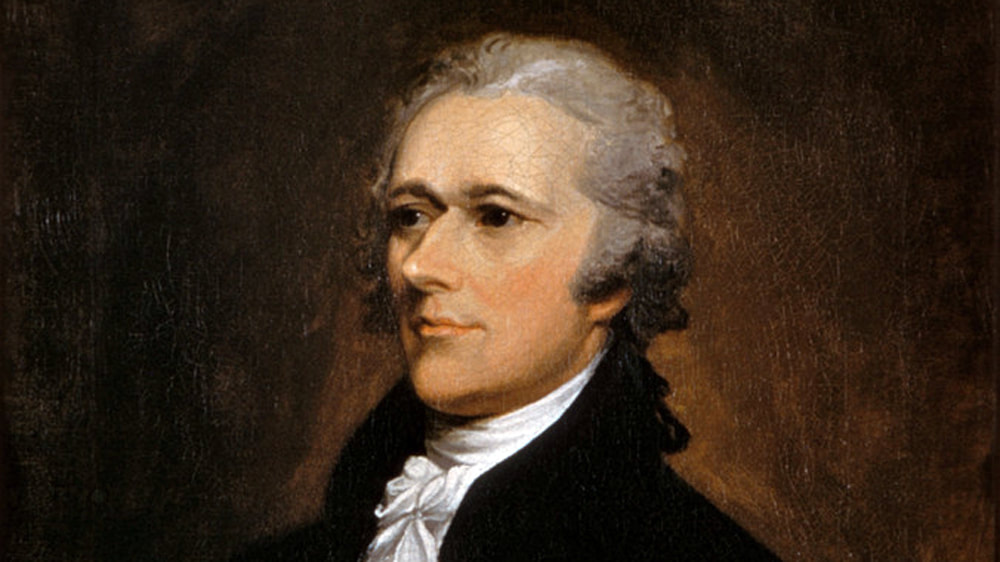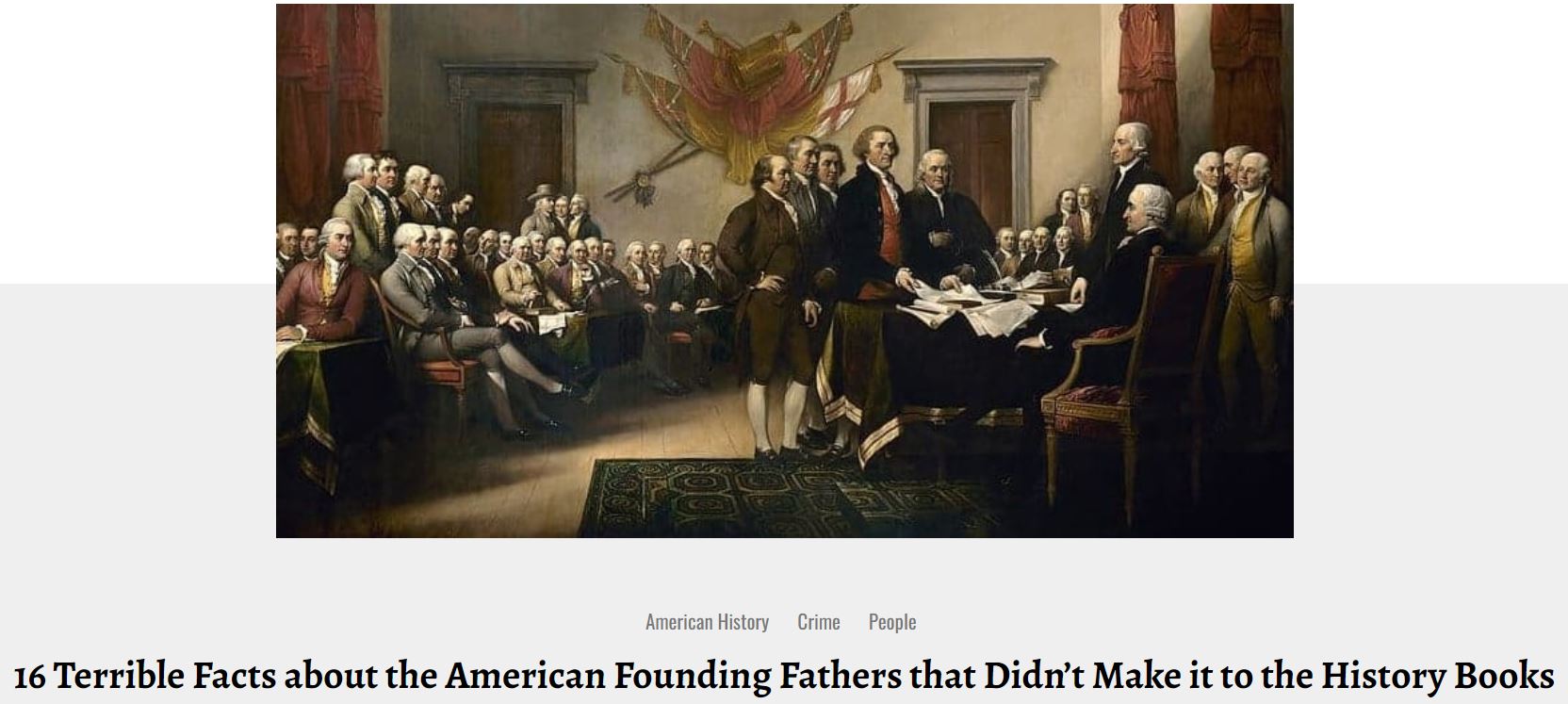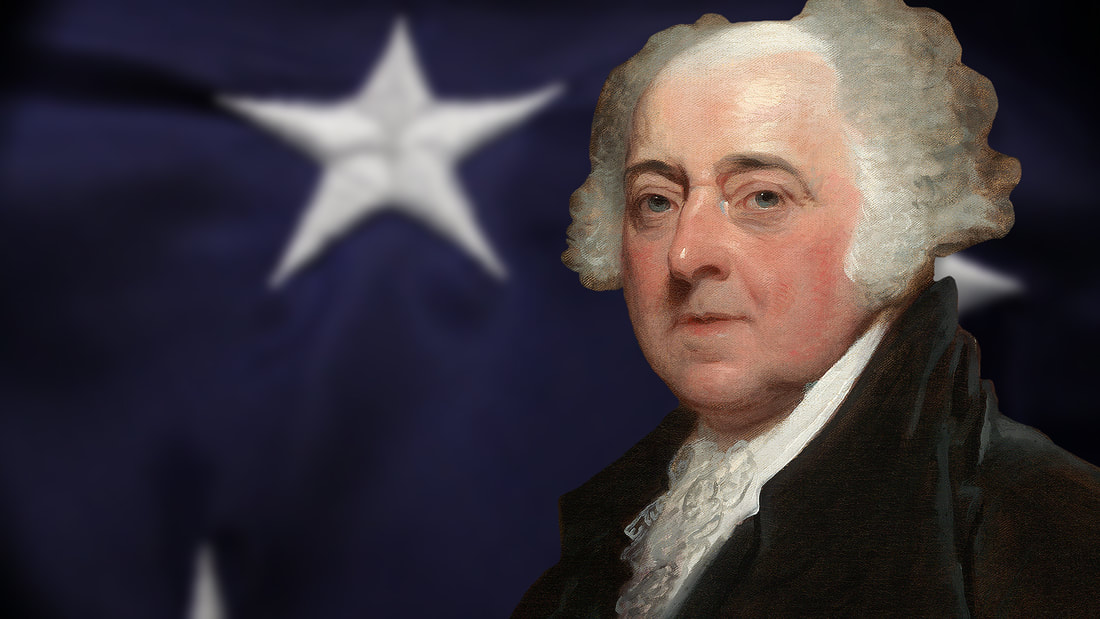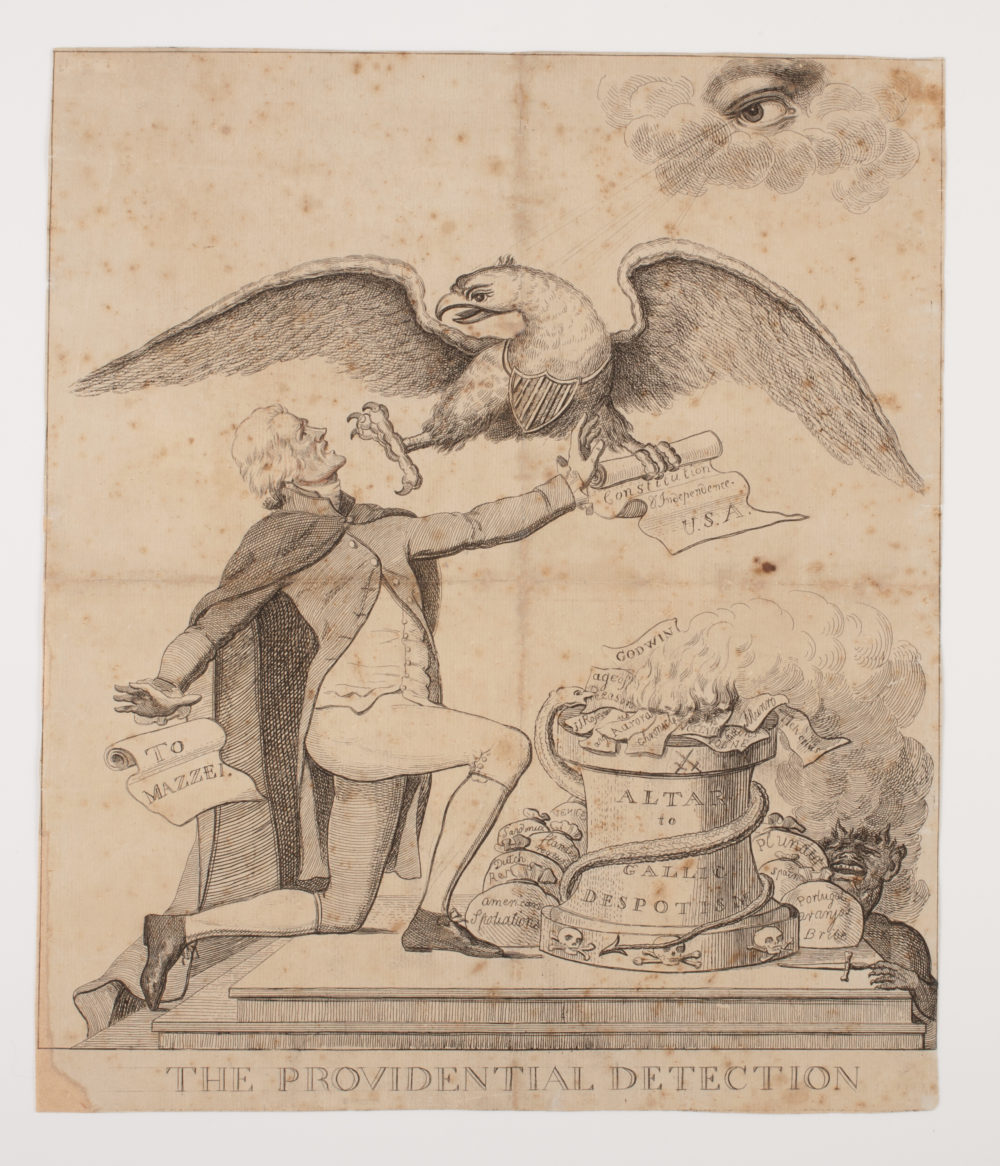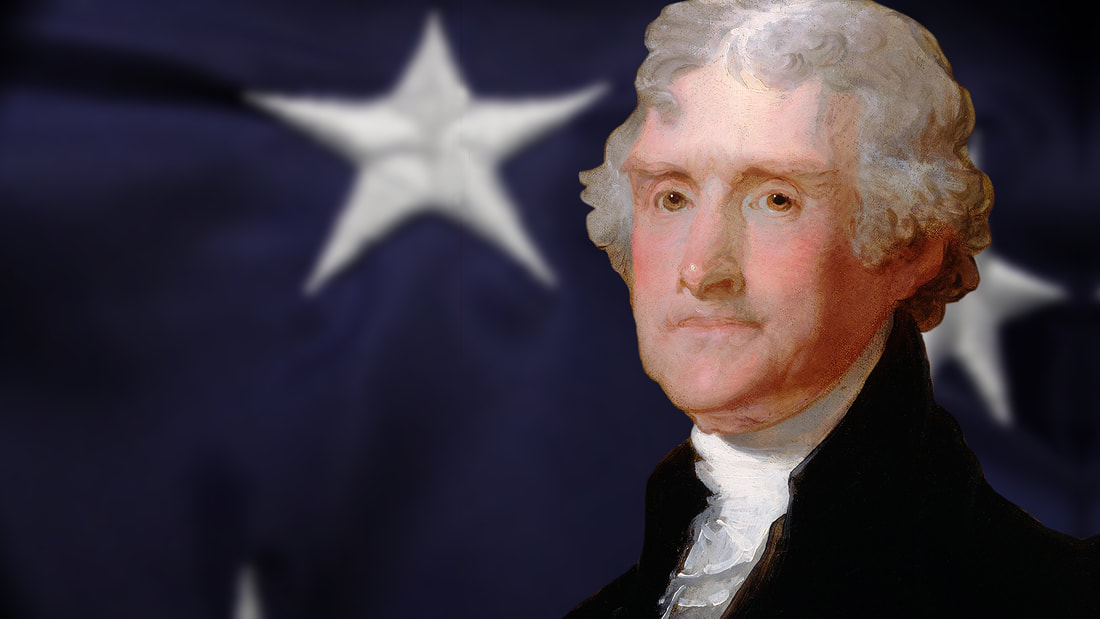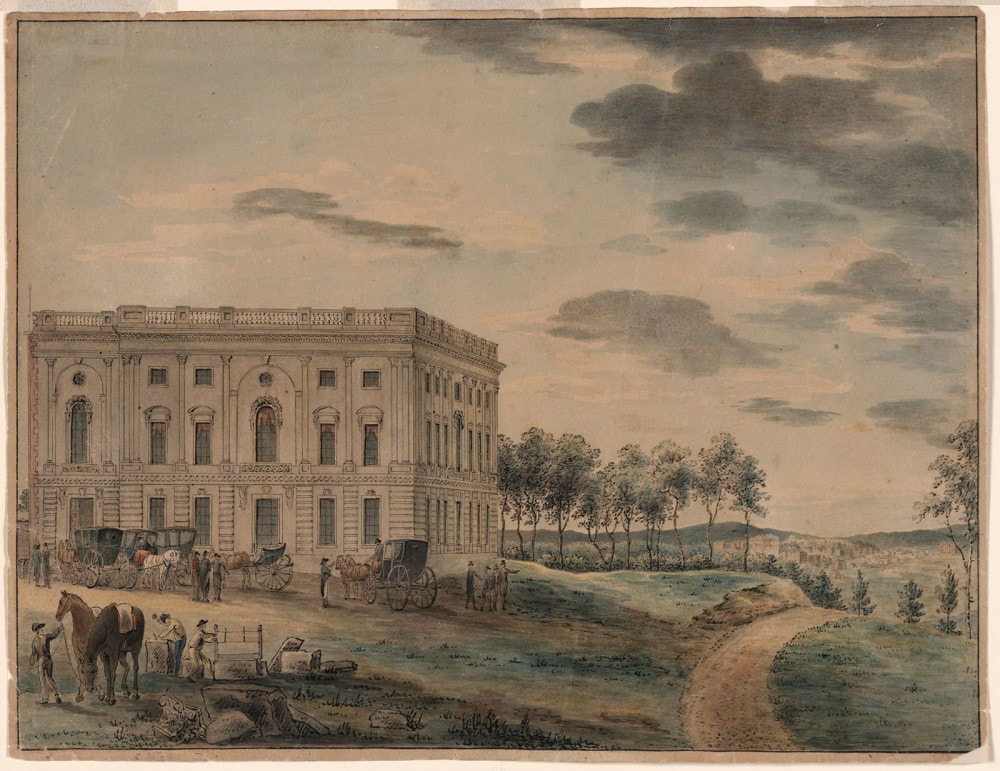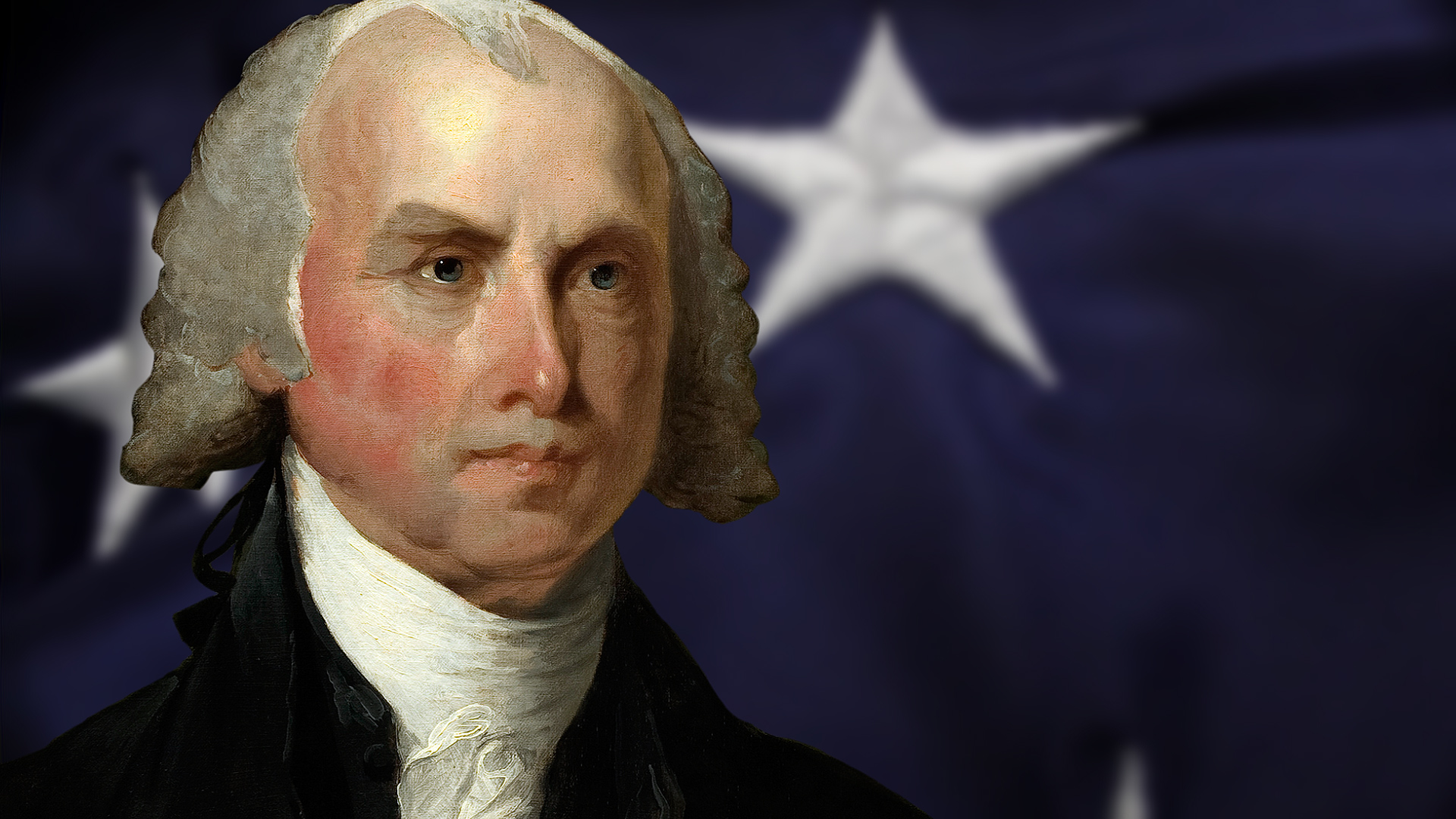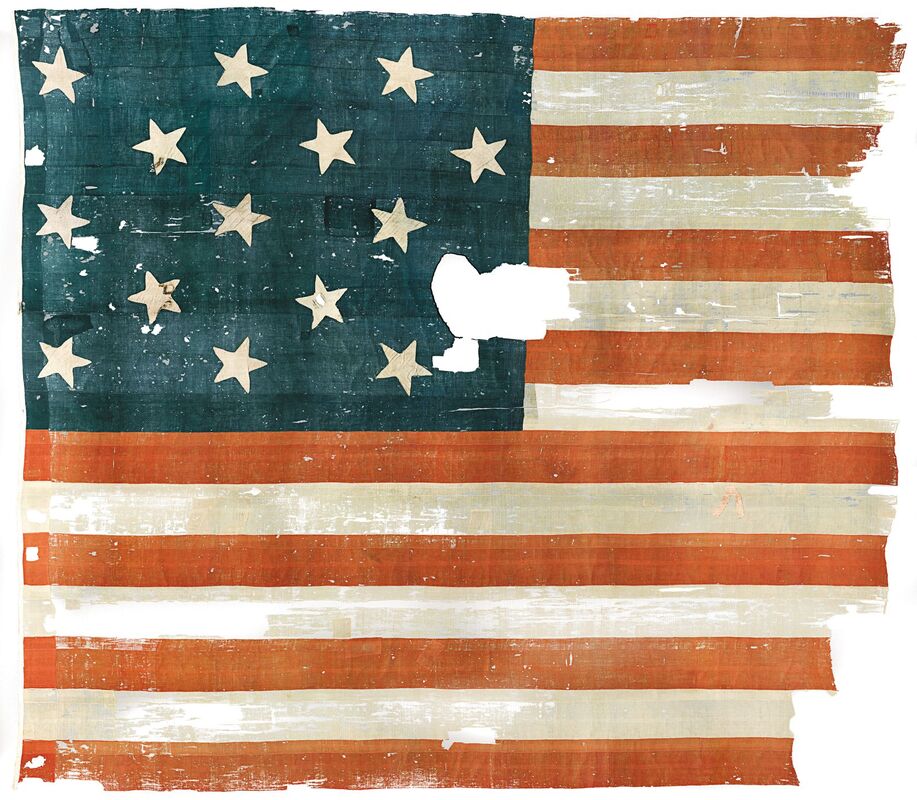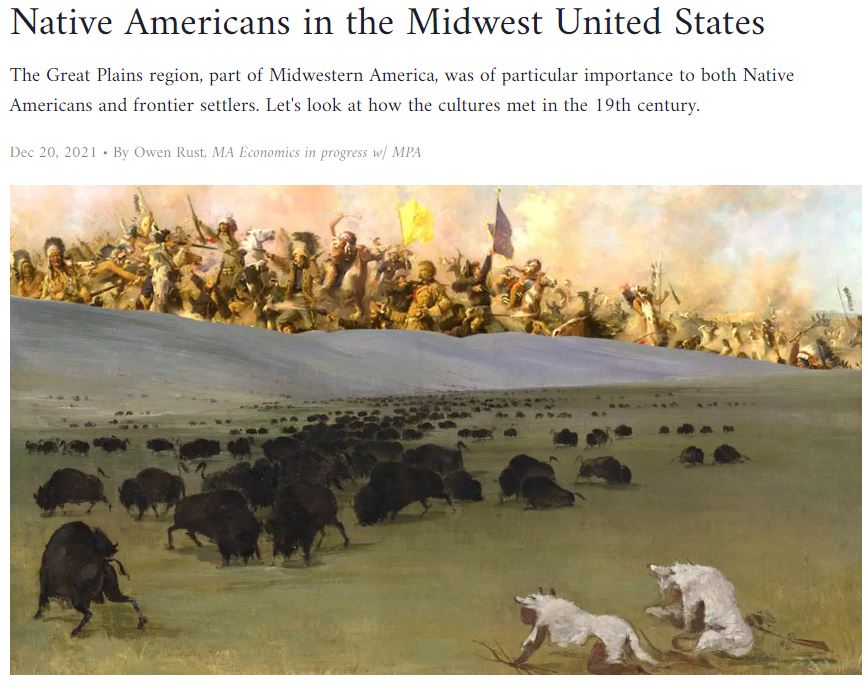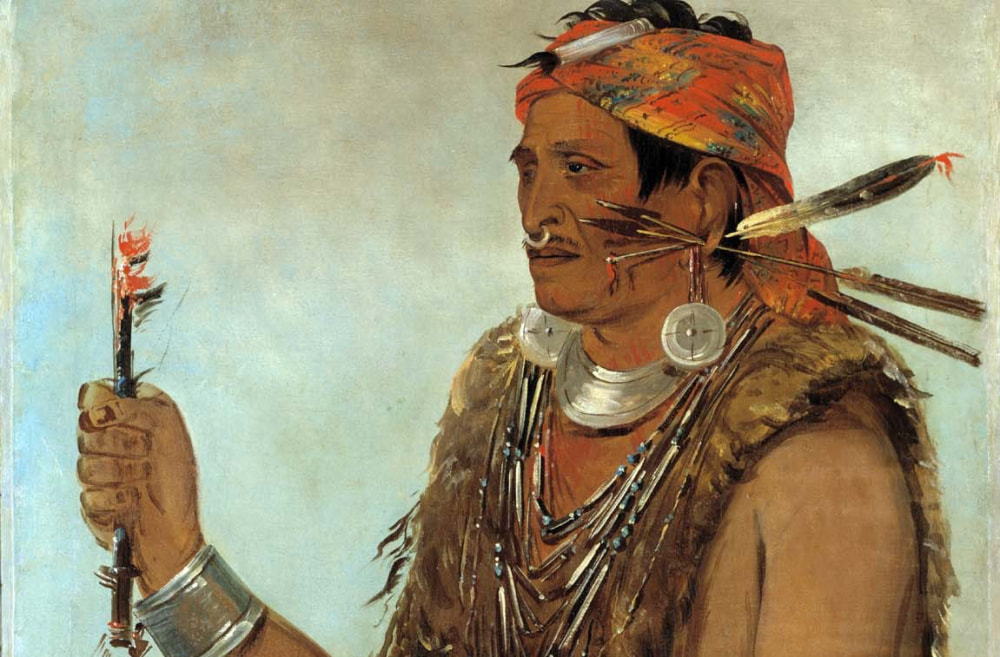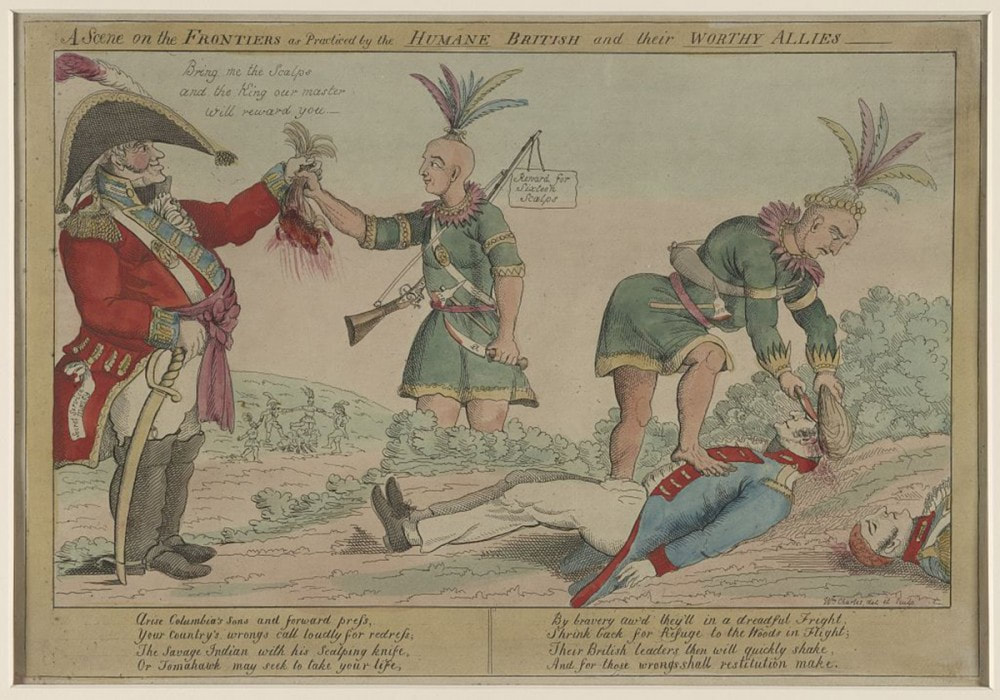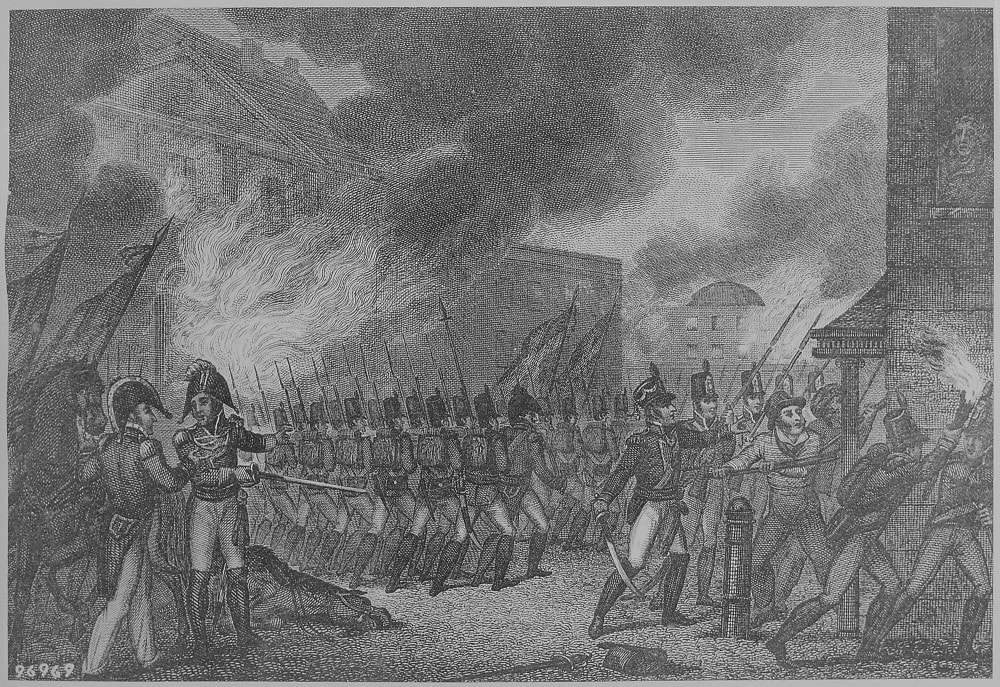Constitution
1780s-1810s
“America guided by wisdom. An allegorical representation of the United States depicting their independence and prosperity,” 1815
Contents
Constitution, 1780s-1810s:
The Articles of Confederation
Another John Trumbull piece commissioned for the Capitol in 1817, this painting depicts what would be remembered as the moment the new United States became a republic. On December 23, 1783, George Washington, widely considered the hero of the Revolution, resigned his position as the most powerful man in the former thirteen colonies. Giving up his role as Commander-in-Chief of the Army insured that civilian rule would define the new nation, and that a republic would be set in place rather than a dictatorship. John Trumbull, General George Washington Resigning His Commission, c. 1817-1824
|
The Articles of Confederation Quizlet
|
|
A debtor wrestles a tax collector by the courthouse at Springfield, Massachusetts. The inability of the government to restore order during Shays' Rebellion demonstrated the weakness of the Articles of Confederation.
|
Review:
- What challenges did the United States face when the American Revolution ended?
- Why did the new states prefer a republic rather than a democracy for their government?
- In what ways was the confederation too weak to handle the nation’s problems?
The United States Constitution
|
Delegates to the Constitutional Convention assembled, argued, and finally agreed in this room, styled in the same manner as during the Convention. Photograph of the Assembly Room, Independence Hall, Philadelphia, Pennsylvania
|
James Madison was a central figure in the reconfiguration of the national government. Madison’s Virginia Plan was a guiding document in the formation of a new government under the Constitution. John Vanderlyn, Portrait of James Madison, 1816
|
Review:
- What issues and events led to the Constitutional Convention?
- In what ways did compromise play a critical role in the drafting of the Constitution?
- How were the various powers of government separated by the Constitution?
- What were the arguments for and against ratifying the Constitution?
- Why does the legislative branch of the government represent the people most directly?
- What powers does Congress have? What powers are denied to Congress?
- What is the main function of the executive branch?
- Who elects the president of the United States? How can the president be removed from office before the next election?
- How are Supreme Court justices appointed? What kinds of cases go before the Supreme Court?
- How many states must ratify an amendment for it to become part of the Constitution?
- How does Article 6 establish the supremacy of the Constitution?
- Does the First Amendment allow complete freedom of speech anytime, anywhere?
Washington
|
Alexander Hamilton saw America’s future as a metropolitan, commercial, industrial society, in contrast to Thomas Jefferson’s nation of small farmers. While both men had the ear of President Washington, Hamilton’s vision proved most appealing and enduring. John Trumbull, Portrait of Alexander Hamilton, 1806
|
Review:
- How did debate over the role of government lead to the formation of political parties?
Adams
Review:
- How did foreign policy challenges affect political debate and shape American government?
Jefferson
The year 1800 brought about a host of changes in government, in particular the first successful and peaceful transfer of power from one political party to another. But the year was important for another reason: the U.S. Capitol in Washington, D.C. (pictured here in 1800) was finally opened to be occupied by Congress, the Supreme Court, the Library of Congress, and the courts of the District of Columbia. William Russell Birch, A view of the Capitol of Washington before it was burnt down by the British, c. 1800
|
Jefferson Administration Quizlet
|
Review:
- What were the successes and failures of the Jefferson administrations?
Madison
|
The Star-Spangled Banner flew over Fort McHenry during the battle of Baltimore during the War of 1812. It is on exhibit at the National Museum of American History, Smithsonian Institution in Washington, D.C. Seeing the flag on the morning after the battle ended, Francis Scott Key was inspired to write the poem "Defence of Fort M'Henry".
|
|
Tenskwatawa, a Native American prophet and brother of Tecumseh, as painted by George Catlin, in 1831. Caitlin acknowledged the prophet’s spiritual power and painted him with a medicine stick.
|
Madison Administration Quizlet
|
|
As pictured in this 1812 political cartoon published in Philadelphia, Americans lambasted the British and their native allies for what they considered “savage” offenses during war, though Americans too were engaging in such heinous acts. William Charles, A scene on the frontiers as practiced by the “humane” British and their “worthy” allies, Philadelphia, 1812
|
The artist shows Washington D.C. engulfed in flames as the British troops set fire to the city in 1813. “Capture of the City of Washington,” August 1814
|
Review:
- Why did the United States go to war with Britain, and what was the outcome of the war?
Assignments and Readings
|
|
Your browser does not support viewing this document. Click here to download the document.
| ||||||
|
|
Your browser does not support viewing this document. Click here to download the document.
| ||||||
| ultimate_guide_to_the_presidents_episode_1.pdf | |
| File Size: | 131 kb |
| File Type: | |
| crash_course_episode_9.pdf | |
| File Size: | 60 kb |
| File Type: | |
| adams_dramas.pdf | |
| File Size: | 108 kb |
| File Type: | |
| crash_course_episode_10.pdf | |
| File Size: | 76 kb |
| File Type: | |
| |||||||||||||
Primary Sources
Hector St. Jean de Crèvecœur describes the American people, 1782
Hector St. John de Crèvecœur was born in France, but relocated to the colony of New York and married a local woman named Mehitable Tippet. For a period of several years, de Crèvecœur wrote about the people he encountered in North America. The resulting work was widely successful in Europe. In this passage, Crèvecœur attempts to reflect on the difference between life in Europe and life in North America.
A Confederation of Native peoples seek peace with the United States, 1786
In 1786, half a year before the Constitutional Convention, a collection of Native American leaders gathered on the banks of the Detroit River to offer a unified message to the Congress of the United States. Despite this proposal, American surveyors, settlers, and others continued to cross the Ohio River.
Mary Smith Cranch comments on politics, 1786-87
In the aftermath of the Revolution, politics became a sport consumed by both men and women. In a series of letters sent to her sister, Mary Smith Cranch comments on a series of political events including the lack of support for diplomats, the circulation of paper or hard currency, legal reform, tariffs against imported tea tables, Shays rebellion, and the role of women in supporting the nation’s interests.
James Madison, Memorial and Remonstrance Against Religious Assessments, 1785
Before the American Revolution, Virginia supported local Anglican churches through taxes. After the American Revolution, Virginia had to decide what to do with this policy. Some founding fathers, including Patrick Henry, wanted to equally distribute tax dollars to all churches. In this document, James Madison explains why he did not want any government money to support religious causes in Virginia.
George Washington, “Farewell Address,” 1796
George Washington used his final public address as president to warn against what he understood as the two greatest dangers to American prosperity: political parties and foreign wars. Washington urged the American people to avoid political partisanship and entanglements with European wars.
Venture Smith, A Narrative of the Life and Adventures of Venture Smith, 1798
Venture Smith’s autobiography is one of the earliest slave narratives to circulate in the Atlantic World. Slave narratives grew into the most important genre of antislavery literature and bore testimony to the injustices of the slave system. Smith was unusually lucky in that he was able to purchase his freedom, but his story nonetheless reveals the hardships faced by even the most fortunate enslaved men and women.
Susannah Rowson, Charlotte Temple, 1794
In Charlotte Temple, the first novel written in America, Susannah Rowson offered a cautionary tale of a woman deceived and then abandoned by a roguish man. Americans throughout the new nation read the book with rapt attention and many even traveled to New York City to visit the supposed grave of this fictional character.
Constitutional ratification cartoon, 1789
The Massachusetts Centinel ran a series of cartoons depicting the ratification of the Constitution. Each vertical pillar represents a state that has ratified the new government. In this cartoon, North Carolina’s pillar is being guided into place (it would vote for ratification in November 1789). Rhode Island’s pillar, however, is crumbling and shows the uncertainty of the vote there.
Anti-Thomas Jefferson Cartoon, 1797
This image attacks Jefferson’s support of the French Revolution and religious freedom. The Altar to “Gallic Despotism” mocks Jefferson’s allegiance to the French. The letter, “To Mazzei,” refers to a 1796 correspondence that criticized the Federalists and, by association, President Washington.
Letter of Cato and petition by “the negroes who obtained freedom by the late act,” in Postscript to the Freeman’s Journal, September 21, 1781
The elimination of slavery in northern states like Pennsylvania was slow and hard-fought. A bill passed in 1780 began the slow process of eroding slavery in the state, but a proposal just one year later would have erased that bill and furthered the distance between slavery and freedom. The action of black Philadelphians and others succeeded in defeating this measure. In this letter to the black newspaper, Philadelphia Freedom’s Journal, a formerly enslaved man uses the rhetoric of the American Revolution to attack American slavery.
Thomas Jefferson’s racism, 1788
American racism spread during the first decades after the American Revolution. Racial prejudice existed for centuries, but the belief that African-descended peoples were inherently and permanently inferior to Anglo-descended peoples developed sometime around the late eighteenth century. Writings such as this piece from Thomas Jefferson fostered faulty scientific reasoning to justify laws that protected slavery and white supremacy.
Black scientist Benjamin Banneker demonstrates black intelligence to Thomas Jefferson, 1791
Benjamin Banneker, a free black American and largely self-taught astronomer and mathematician, wrote Thomas Jefferson, then Secretary of State, on August 19, 1791. Banneker included this letter, as well as Jefferson’s short reply, in several of the first editions of his almanacs in part because he hoped it would dispel the widespread assumption that Jefferson perpetuated in his Notes on the State of Virginia that black people were incapable of intellectual achievement.
Creek headman Alexander McGillivray (Hoboi-Hili-Miko) seeks to build an alliance with Spain, 1785
Native peoples had long employed strategies of playing Europeans off against each other to maintain their independence and neutrality. As early as 1785, the Creek headman Alexander McGillivray (Hoboi-Hili-Miko) saw the threat the expansionist Americans placed on Native peoples and the inability of a weak United States government to restrain their citizens from encroaching on Native lands. McGillivray sought the aid and protection of the Spanish in order to maintain the supply of trade goods into Creek country and counter the Americans.
Tecumseh Calls for pan-Indian resistance, 1810
Like Pontiac before him, Tecumseh articulated a spiritual message of pan-Indian unity and resistance. In this document, he acknowledges his Shawnee heritage, but appeals to a larger community of “red men,” who he describes as “once a happy race, since made miserable by the white people.” This document reveals not only Tecumseh’s message of pan-Indian resistance, but it also shows that Anglo-American understandings of race had spread to Indians as well.
Congress debates going to war, 1811
Americans were not united in their support for the War of 1812. In these two documents we hear from members of congress as they debate whether or not America should go to war against Great Britain.
Abigail Bailey escapes an abusive relationship, 1815
Women in early America suffered from a lack of rights or means of defending themselves against domestic abuse. The case of Abigail Bailey is remarkable because she was able to successfully free herself and her children from an abusive husband and father.
Genius of the Ladies magazine illustration, 1792
Despite the restrictions imposed on their American citizenship, white women worked to expand their rights to education in the new nation using literature and the arts. The first journal for women in the United States, The Lady’s Magazine, and repository of entertaining knowledge, introduced their initial volume with an engraving celebrating the transatlantic exchange between women’s rights advocates. In the engraving, English writer Mary Wollstonecraft presents her work, “A Vindication of the Rights of Woman,” to Liberty who has the tools of the arts at her feet.
America Guided by Wisdom engraving, 1815
This engraving reflects the sense of triumph many white Americans felt following the War of 1812. Drawing from the visual language of Jeffersonian Republicans, we see America—represented as a woman in classical dress—surrounded by gods of wisdom, commerce, and agriculture on one side and a statue of George Washington emblazoned with the recent war’s victories on the other. The romantic sense of the United States as the heir to the ancient Roman republic, pride in military victory, and the glorification of domestic production contributed to the idea the young nation was about to enter an “era of good feelings.”
Hector St. John de Crèvecœur was born in France, but relocated to the colony of New York and married a local woman named Mehitable Tippet. For a period of several years, de Crèvecœur wrote about the people he encountered in North America. The resulting work was widely successful in Europe. In this passage, Crèvecœur attempts to reflect on the difference between life in Europe and life in North America.
A Confederation of Native peoples seek peace with the United States, 1786
In 1786, half a year before the Constitutional Convention, a collection of Native American leaders gathered on the banks of the Detroit River to offer a unified message to the Congress of the United States. Despite this proposal, American surveyors, settlers, and others continued to cross the Ohio River.
Mary Smith Cranch comments on politics, 1786-87
In the aftermath of the Revolution, politics became a sport consumed by both men and women. In a series of letters sent to her sister, Mary Smith Cranch comments on a series of political events including the lack of support for diplomats, the circulation of paper or hard currency, legal reform, tariffs against imported tea tables, Shays rebellion, and the role of women in supporting the nation’s interests.
James Madison, Memorial and Remonstrance Against Religious Assessments, 1785
Before the American Revolution, Virginia supported local Anglican churches through taxes. After the American Revolution, Virginia had to decide what to do with this policy. Some founding fathers, including Patrick Henry, wanted to equally distribute tax dollars to all churches. In this document, James Madison explains why he did not want any government money to support religious causes in Virginia.
George Washington, “Farewell Address,” 1796
George Washington used his final public address as president to warn against what he understood as the two greatest dangers to American prosperity: political parties and foreign wars. Washington urged the American people to avoid political partisanship and entanglements with European wars.
Venture Smith, A Narrative of the Life and Adventures of Venture Smith, 1798
Venture Smith’s autobiography is one of the earliest slave narratives to circulate in the Atlantic World. Slave narratives grew into the most important genre of antislavery literature and bore testimony to the injustices of the slave system. Smith was unusually lucky in that he was able to purchase his freedom, but his story nonetheless reveals the hardships faced by even the most fortunate enslaved men and women.
Susannah Rowson, Charlotte Temple, 1794
In Charlotte Temple, the first novel written in America, Susannah Rowson offered a cautionary tale of a woman deceived and then abandoned by a roguish man. Americans throughout the new nation read the book with rapt attention and many even traveled to New York City to visit the supposed grave of this fictional character.
Constitutional ratification cartoon, 1789
The Massachusetts Centinel ran a series of cartoons depicting the ratification of the Constitution. Each vertical pillar represents a state that has ratified the new government. In this cartoon, North Carolina’s pillar is being guided into place (it would vote for ratification in November 1789). Rhode Island’s pillar, however, is crumbling and shows the uncertainty of the vote there.
Anti-Thomas Jefferson Cartoon, 1797
This image attacks Jefferson’s support of the French Revolution and religious freedom. The Altar to “Gallic Despotism” mocks Jefferson’s allegiance to the French. The letter, “To Mazzei,” refers to a 1796 correspondence that criticized the Federalists and, by association, President Washington.
Letter of Cato and petition by “the negroes who obtained freedom by the late act,” in Postscript to the Freeman’s Journal, September 21, 1781
The elimination of slavery in northern states like Pennsylvania was slow and hard-fought. A bill passed in 1780 began the slow process of eroding slavery in the state, but a proposal just one year later would have erased that bill and furthered the distance between slavery and freedom. The action of black Philadelphians and others succeeded in defeating this measure. In this letter to the black newspaper, Philadelphia Freedom’s Journal, a formerly enslaved man uses the rhetoric of the American Revolution to attack American slavery.
Thomas Jefferson’s racism, 1788
American racism spread during the first decades after the American Revolution. Racial prejudice existed for centuries, but the belief that African-descended peoples were inherently and permanently inferior to Anglo-descended peoples developed sometime around the late eighteenth century. Writings such as this piece from Thomas Jefferson fostered faulty scientific reasoning to justify laws that protected slavery and white supremacy.
Black scientist Benjamin Banneker demonstrates black intelligence to Thomas Jefferson, 1791
Benjamin Banneker, a free black American and largely self-taught astronomer and mathematician, wrote Thomas Jefferson, then Secretary of State, on August 19, 1791. Banneker included this letter, as well as Jefferson’s short reply, in several of the first editions of his almanacs in part because he hoped it would dispel the widespread assumption that Jefferson perpetuated in his Notes on the State of Virginia that black people were incapable of intellectual achievement.
Creek headman Alexander McGillivray (Hoboi-Hili-Miko) seeks to build an alliance with Spain, 1785
Native peoples had long employed strategies of playing Europeans off against each other to maintain their independence and neutrality. As early as 1785, the Creek headman Alexander McGillivray (Hoboi-Hili-Miko) saw the threat the expansionist Americans placed on Native peoples and the inability of a weak United States government to restrain their citizens from encroaching on Native lands. McGillivray sought the aid and protection of the Spanish in order to maintain the supply of trade goods into Creek country and counter the Americans.
Tecumseh Calls for pan-Indian resistance, 1810
Like Pontiac before him, Tecumseh articulated a spiritual message of pan-Indian unity and resistance. In this document, he acknowledges his Shawnee heritage, but appeals to a larger community of “red men,” who he describes as “once a happy race, since made miserable by the white people.” This document reveals not only Tecumseh’s message of pan-Indian resistance, but it also shows that Anglo-American understandings of race had spread to Indians as well.
Congress debates going to war, 1811
Americans were not united in their support for the War of 1812. In these two documents we hear from members of congress as they debate whether or not America should go to war against Great Britain.
Abigail Bailey escapes an abusive relationship, 1815
Women in early America suffered from a lack of rights or means of defending themselves against domestic abuse. The case of Abigail Bailey is remarkable because she was able to successfully free herself and her children from an abusive husband and father.
Genius of the Ladies magazine illustration, 1792
Despite the restrictions imposed on their American citizenship, white women worked to expand their rights to education in the new nation using literature and the arts. The first journal for women in the United States, The Lady’s Magazine, and repository of entertaining knowledge, introduced their initial volume with an engraving celebrating the transatlantic exchange between women’s rights advocates. In the engraving, English writer Mary Wollstonecraft presents her work, “A Vindication of the Rights of Woman,” to Liberty who has the tools of the arts at her feet.
America Guided by Wisdom engraving, 1815
This engraving reflects the sense of triumph many white Americans felt following the War of 1812. Drawing from the visual language of Jeffersonian Republicans, we see America—represented as a woman in classical dress—surrounded by gods of wisdom, commerce, and agriculture on one side and a statue of George Washington emblazoned with the recent war’s victories on the other. The romantic sense of the United States as the heir to the ancient Roman republic, pride in military victory, and the glorification of domestic production contributed to the idea the young nation was about to enter an “era of good feelings.”
Slideshows
Videos
|
|
|
|
|
|
|
|
|
Digital History Textbook
The Critical Period
Having won the Revolutionary war and having negotiated a favorable peace settlement, the Americans still had to establish stable governments. Between 1776 and 1789 a variety of efforts were made to realize the nation's republican ideals. New state governments were established in most states, expanding voting and officeholding rights. Lawmakers let citizens decide which churches to support with their tax monies. Several states adopted bills of rights guaranteeing freedom of speech, assembly, and the press, as well as trial by jury. Western lands were opened to settlement. Educational opportunities for women increased. Most northern states either abolished slavery or adopted a gradual emancipation plan, while some southern states made it easier for slaveowners to manumit individual slaves. Concern for the new nation's political stability led leading revolutionary leaders to draft a new Constitution in 1787, which worked out compromises between large and small states and between northern and southern states.
The Constitution & The Bill of Rights
Between 1776 and 1789 a variety of efforts were made to realize the nation's republican ideals. New state governments were established in most states, expanding voting and officeholding rights. Lawmakers let citizens decide which churches to support with their tax monies. Several states adopted bills of rights guaranteeing freedom of speech, assembly, and the press, as well as trial by jury. Western lands were opened to settlement. Educational opportunities for women increased. Most northern states either abolished slavery or adopted a gradual emancipation plan, while some southern states made it easier for slaveowners to manumit individual slaves.Concern for the new nation's political stability led leading revolutionary leaders to draft a new Constitution in 1787, which worked out compromises between large and small states and between northern and southern states. The federal system balanced power between the national government and the state governments; within the national government, power was divided among three separate branches in a system of checks and balances. In addition to listing the powers of the national government-which include the power to collect taxes, regulate trade, and declare war-the Constitution enumerates the powers forbidden to the states and to Congress; and the procedures for electing and appointing government officials as well as procedures for amending the document. The Bill of Rights, the first ten amendments to the Constitution, was ratified in 1791. These amendments, which were originally intended to protect individual liberties from the power of the central government, guarantee freedom of speech, the press, religion, petition, and assembly; and specify the rights of the accused in criminal and civil cases.
The Federalist Era
In 1789, it was an open question whether the Constitution was a workable plan of government. It was unclear whether the new nation could establish a strong national government, a vigorous economy, or win the respect of foreign nations. For a decade, the new nation battled threats to its existence, including serious disagreements over domestic and foreign policy and foreign interference with American shipping and commerce.During the first 12 years under the new Constitution, the Federalists established a strong and vigorous national government. Alexander Hamilton’s economic program attracted foreign investment and stimulated economic growth. The creation of political parties was an unexpected development that involved the voting population in politics. Presidents George Washington and John Adams succeeded in keeping the nation free from foreign entanglements during the nation’s first crucial years. Despite bitter party battles, threats of secession, and foreign interference with American shipping and commerce, the new nation had overcome every obstacle it had faced.
The Jeffersonian Era
As president, Thomas Jefferson sought to implement his Republican principles, including a frugal, limited government; respect for states' rights, and encouragement for agriculture. He cut military expenditures, paid off the public debt, and repealed many taxes. His most important act was the purchase of Louisiana Territory, which nearly doubled the size of the nation.Meanwhile, the Supreme Court established the principle of judicial review, which enables the courts to review the constitutionality of federal laws and invalidate acts of Congress when they conflict with the Constitution.
The Jeffersonian era was marked by severe foreign policy challenges, including harassment of American shipping by North African pirates and by the British and French. In an attempt to stave off war with Britain and France, the United States attempted various forms of economic coercion. But in 1812--to protect American shipping and seamen, clear westerns lands of Indians, and preserve national honor—the county once again waged war with Britain, fighting the world's strongest power to a stalemate.
Having won the Revolutionary war and having negotiated a favorable peace settlement, the Americans still had to establish stable governments. Between 1776 and 1789 a variety of efforts were made to realize the nation's republican ideals. New state governments were established in most states, expanding voting and officeholding rights. Lawmakers let citizens decide which churches to support with their tax monies. Several states adopted bills of rights guaranteeing freedom of speech, assembly, and the press, as well as trial by jury. Western lands were opened to settlement. Educational opportunities for women increased. Most northern states either abolished slavery or adopted a gradual emancipation plan, while some southern states made it easier for slaveowners to manumit individual slaves. Concern for the new nation's political stability led leading revolutionary leaders to draft a new Constitution in 1787, which worked out compromises between large and small states and between northern and southern states.
- Introduction
- Articles of Confederation
- The Threat of a Military Coup
- Economic and Foreign Policy problems
- The Tyranny of the Majority
- Shays' Rebellion
The Constitution & The Bill of Rights
Between 1776 and 1789 a variety of efforts were made to realize the nation's republican ideals. New state governments were established in most states, expanding voting and officeholding rights. Lawmakers let citizens decide which churches to support with their tax monies. Several states adopted bills of rights guaranteeing freedom of speech, assembly, and the press, as well as trial by jury. Western lands were opened to settlement. Educational opportunities for women increased. Most northern states either abolished slavery or adopted a gradual emancipation plan, while some southern states made it easier for slaveowners to manumit individual slaves.Concern for the new nation's political stability led leading revolutionary leaders to draft a new Constitution in 1787, which worked out compromises between large and small states and between northern and southern states. The federal system balanced power between the national government and the state governments; within the national government, power was divided among three separate branches in a system of checks and balances. In addition to listing the powers of the national government-which include the power to collect taxes, regulate trade, and declare war-the Constitution enumerates the powers forbidden to the states and to Congress; and the procedures for electing and appointing government officials as well as procedures for amending the document. The Bill of Rights, the first ten amendments to the Constitution, was ratified in 1791. These amendments, which were originally intended to protect individual liberties from the power of the central government, guarantee freedom of speech, the press, religion, petition, and assembly; and specify the rights of the accused in criminal and civil cases.
- What Americans Don't Know About the Constitution
- The Oldest Written National Framework of Government
- Was the Constitutional Convention legal?
- The Delegates
- Philadelphia in 1787
- The Convention
- Republicanism
- Drafting the Constitution
- Compromises
- Completing a Final Draft
- The U.S. Constitution and the Organization of the National Government
- The Constitution and Slavery
- Ratifying the Constitution
- The Bill of Rights
- Amending the Constitution
- Why has the Constitution survived? How has the constitutional system changed?
- Constitutional Quiz
The Federalist Era
In 1789, it was an open question whether the Constitution was a workable plan of government. It was unclear whether the new nation could establish a strong national government, a vigorous economy, or win the respect of foreign nations. For a decade, the new nation battled threats to its existence, including serious disagreements over domestic and foreign policy and foreign interference with American shipping and commerce.During the first 12 years under the new Constitution, the Federalists established a strong and vigorous national government. Alexander Hamilton’s economic program attracted foreign investment and stimulated economic growth. The creation of political parties was an unexpected development that involved the voting population in politics. Presidents George Washington and John Adams succeeded in keeping the nation free from foreign entanglements during the nation’s first crucial years. Despite bitter party battles, threats of secession, and foreign interference with American shipping and commerce, the new nation had overcome every obstacle it had faced.
- James Thomson Callender, Scandalmonger
- The Formative Decade
- The First National Census
- Challenges Facing the Nation
- Defining the Presidency
- Alexander Hamilton's Financial Program
- The Birth of Political Parties
- Years of Crisis
- The Election of 1796
- The Presidency of John Adams
- The Revolution of 1800
- Conclusion
The Jeffersonian Era
As president, Thomas Jefferson sought to implement his Republican principles, including a frugal, limited government; respect for states' rights, and encouragement for agriculture. He cut military expenditures, paid off the public debt, and repealed many taxes. His most important act was the purchase of Louisiana Territory, which nearly doubled the size of the nation.Meanwhile, the Supreme Court established the principle of judicial review, which enables the courts to review the constitutionality of federal laws and invalidate acts of Congress when they conflict with the Constitution.
The Jeffersonian era was marked by severe foreign policy challenges, including harassment of American shipping by North African pirates and by the British and French. In an attempt to stave off war with Britain and France, the United States attempted various forms of economic coercion. But in 1812--to protect American shipping and seamen, clear westerns lands of Indians, and preserve national honor—the county once again waged war with Britain, fighting the world's strongest power to a stalemate.
